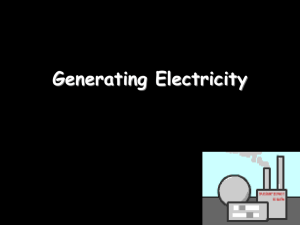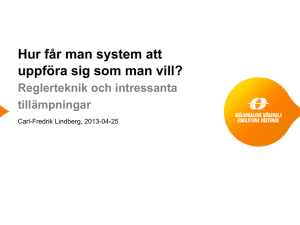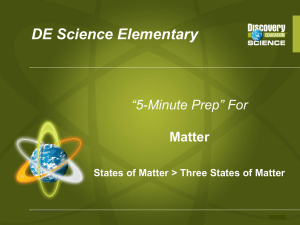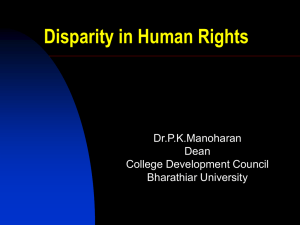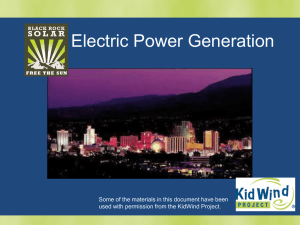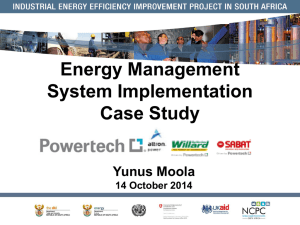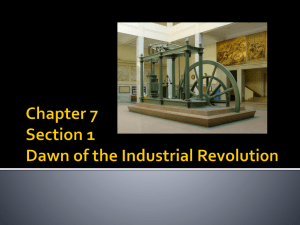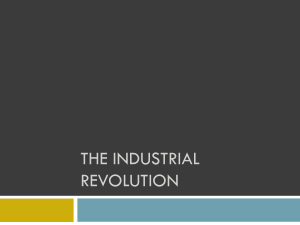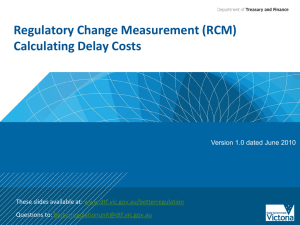production of thermoelectric power from solid wastes of some
advertisement
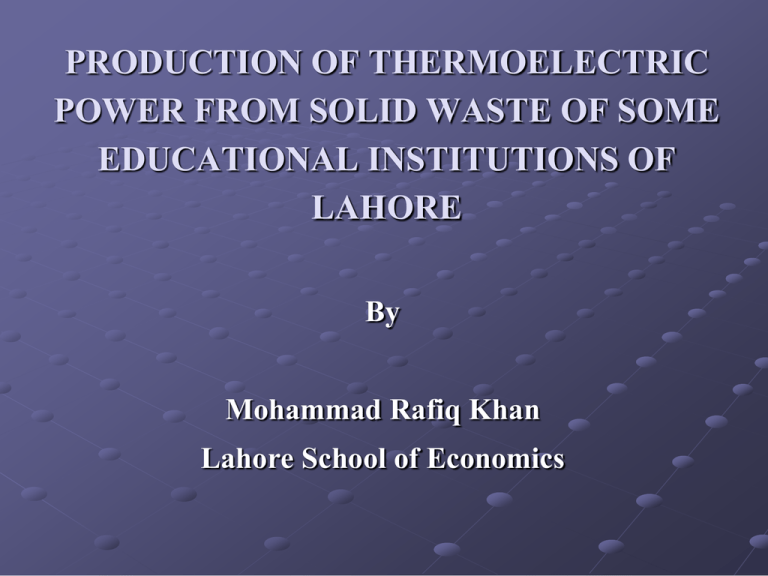
PRODUCTION OF THERMOELECTRIC POWER FROM SOLID WASTE OF SOME EDUCATIONAL INSTITUTIONS OF LAHORE By Mohammad Rafiq Khan Lahore School of Economics INTRODUCTION The study was undertaken with the following objectives in mind: Safe and techno-economic disposal of solid waste produced in the scheduled educational institutions Study of the feasibility of production of thermo-electric power from the biomass of solid waste Later extension of the study to higher levels such as village, town, and national city level Recommendations to all concerned for effective solid waste management and production of thermoelectric power to eliminate power in Pakistan Collection of Data METHODOLOGY OF RESEARCH Processing of Data Interpretation of Results The preliminary enquiry revealed that the total waste produced in the scheduled institutions were approximately as follows: LSE 200 Tons per Annum LUMS 500 Tons per Annum KC 200 Tons per Annum GCU 720 Tons per Annum Description of Detailed Methodology in (1) Khan MR and Pervez, F. 2009. Production of Thermoelectric Power from the Solid Wastes of Kinnaird College, Environ Monitor, IX (9&10): 14-28 (2) Khan, MR and Sheikh, S. 2010. Production of Thermoelectric Power from Solid Waste: A Case of Lahore School of Economics, International Energy Journal 11:51-64 The two sets of projects; One related to the actual waste of the institutions and second to the amounts that had the likelihood of qualifying the projects as feasible for subsequent implementation are reported in Table 1 and 2. Table 1: Bases and requisites of alternative projects (Assessed weight of solid waste) Alternatives Solid Waste-Tons/Annum 1 2 3 4 5 6 200 200 500 500 720 720 Excluded Included Excluded Cost of Land Included Excluded Included Live Steam Temperature 600Co to 650Co 600Co to 650Co 600Co to 650Co Live Steam Pressure 70–80 kg/cm² 70–80 kg/cm² 70–80 kg/cm² Fuel Steam Ratio 1:7 1:7 1:7 Steam Produced 1,400 Ton/Annum 4,200 Ton/Annum 4.200 Ton/Annum Multistage Turbine Light Duty Light Duty Light Duty Steam Consumption/ kW 5 kg/kW 5 kg/kW 5 kg/kW Electricity Produced 280,000 kW/Ann. 700,000 kW/Annum 1,008,000 kW/Annum Steam Produced /hr 0.16 Ton/hr 0.4050 Ton/hr 0.5832 Ton/hr Electricity Produced/Hr 32-40 kW 81.10 kW 116 kW Table 2: Bases and requisites of alternative projects (Increased weight of solid waste) Alternatives Solid Waste-Tons/Annum 7 8 9 10 600 600 1,000 1,000 Included Excluded Cost of Land Included Excluded Live Steam Temperature 600Co to 650Co 600Co to 650Co Live Steam Pressure 70–80 kg/cm² 70–80 kg/cm² Fuel Steam Ratio 1:7 1:7 Steam Produced 4,200 Ton/Annum 7,000 Ton/Annum Multistage Turbine Light Duty Heavy Duty Steam Consumption/ kW 5 kg/kW 5 kg/kW Electricity Produced 840,000 kW/Annum 1,400,000 kW/Annum Steam Produced /hr 0.486 Ton 0.81Ton/hr Electricity Produced/hr 97.22 kW 162kW RESULTS Nature and Composition of Solid Waste Sub-Processes at Sugar Mill Bagasse Storage Transport to the Boiler Boilers Turbines Supply of Electricity Bagasse Storage Transport to boiler Boiler Turbine Supply of electricity Figure 1: Flow sheet showing the sub-processes in the process of production of electricity from bagasse Figure 2: Flow Sheet of Bagasse Transport to Boiler Figure 3: Flow Sheet of Boiler-Supplied by Pattoki Sugar Mill Figure 4: Flow Sheet of Turbine-Supplied by Pattoki Sugar Mill Sub-processes of the Project: Same as above except the substitution of Bagasse by Solid waste Solid Waste Transport to boil Boiler Turbine Supply of electricity Figure.5: Flow sheet diagram of the designed project. RESULTS OF COST ANALYSIS The integrated results of cost analysis are computed in Table 3 to 6. Table 3: Computation of results of evaluation of alternatives- for LSE (US$) Alt. PV of Benefits PV of Costs. BCR NPV Initial Annual Investment Return PBP-Years 1 190,196 1,206,599 0.15 –1,016,403 920,950 -7,455 Infinite 2 190,196 539,933 0.35 –349,737 264,167 --7,455 Infinite 8 562,967 539,933 1.04 23,034 264,167 53,212 5. 10 935,738 539,933 1.73 395,805 264,167 110,100 2.39 Table 4: Computation of results of evaluation of alternatives for KC (Rupees) Alt. PV of Benefits PV of Costs BCR NPV 1 190,196 4,539,933 0.04 2 190,196 539,933 0.35 –349,737 8 562,967 539,933 1.04 10 935,738 539,933 1.73 Initial Annual Investment Return – 4,349.737 4,264,167 PBP-Years -7,455 Infinite 264,167 --7,455 Infinite 23,034 264,167 53,212 5 395,805 264,167 110,100 2.39 Table 5: Computation of results of evaluation of alternatives for LUMS (Rupees) Alt. PV of Benefits PV of Costs BCR NPV Initial Investment Annual Return PBP Years 3 469,774 1,739,933 0.26 - 1,270,159 1,464,167 34,267 42.7 4 469.774 539,933 0.87 – 70,159 264,167 34,267 7.7 8 562,967 539,933 1.04 23,034 264,167 53,212 5. 10 935,738 539,933 1.73 395,805 264,167 110,100 2.39 Table 6: Computation of results of evaluation of alternatives for GCU (Rupees) Alt. PV of Benefits PV of Costs BCR NPV Initial Investment Annual Return PBP Years 5 674,798 7,206,503 .0.09 –6,531,795 6,930,833 67,633 102 6 674,798 548,266 1.23 126,532 264,167 67,633 3.90 8 562,967 539,933 1.04 23,034 264,167 53,212 5 10 615,738 539,933 1.73 395.805 264,167 110,100 2.39 DISCUSSION Lahore School of Economics Kanaird College Lahore University of Management Sciences Government College & University Lahore CONCLUSIVE REMARKS

